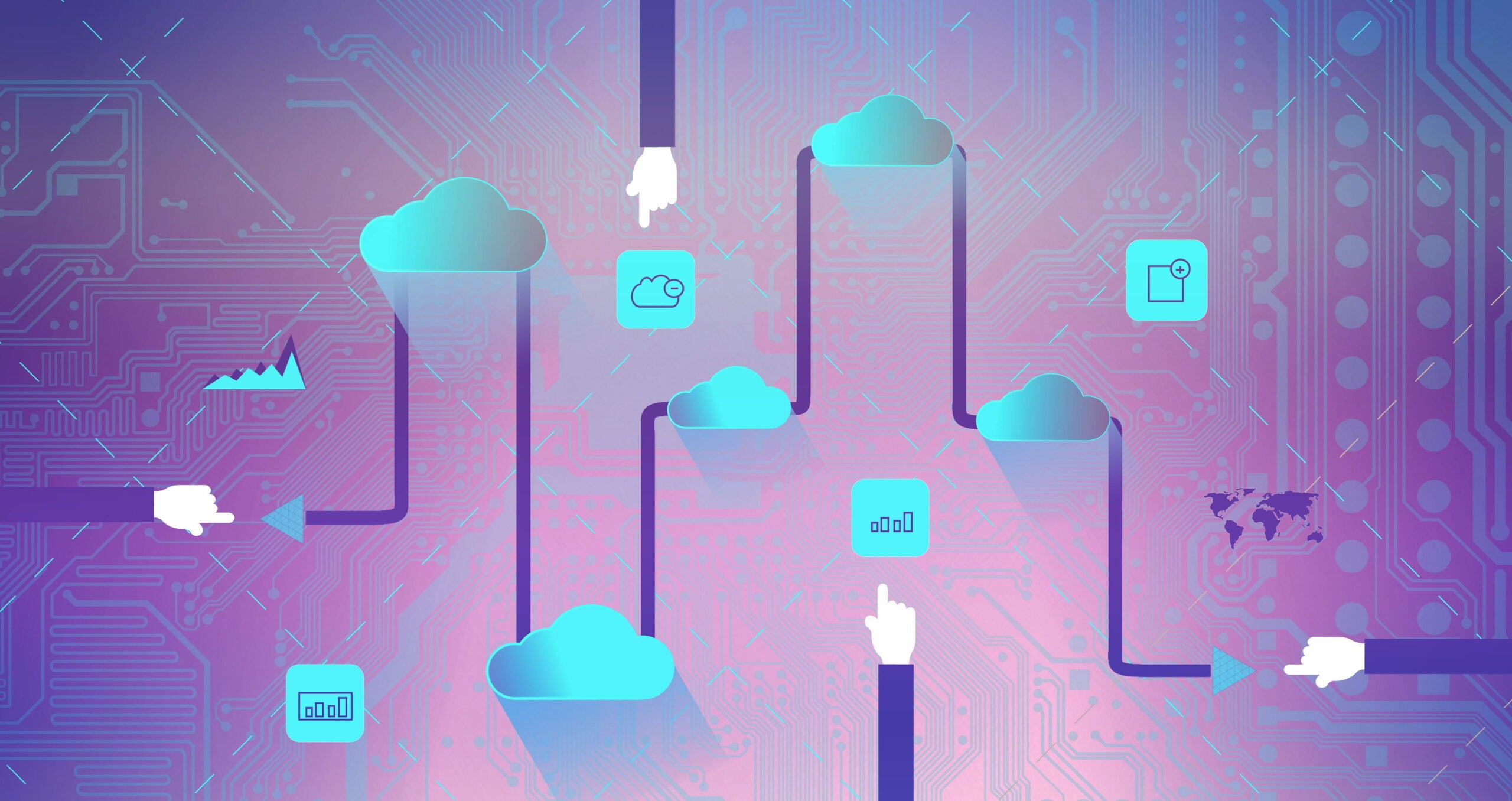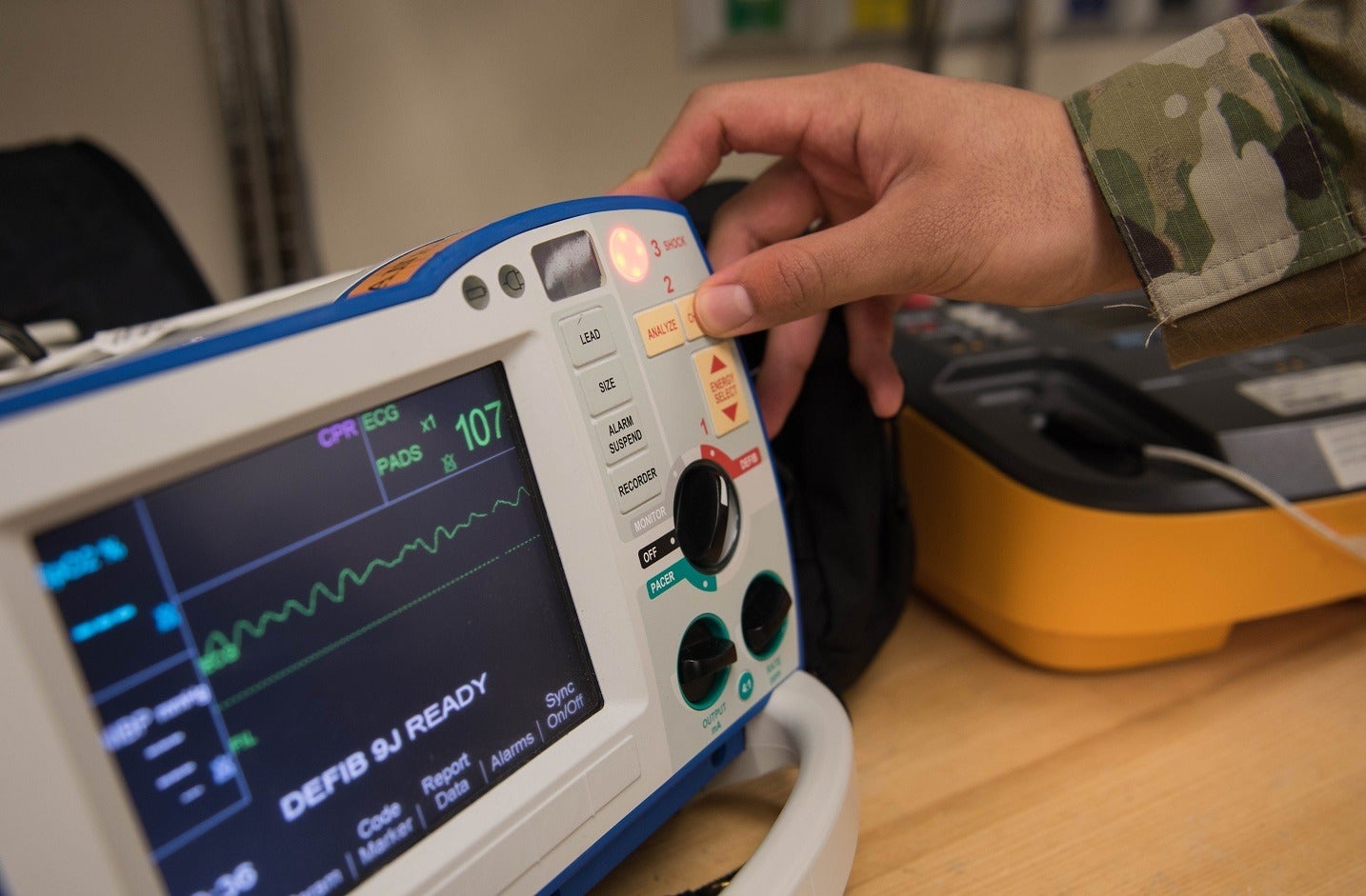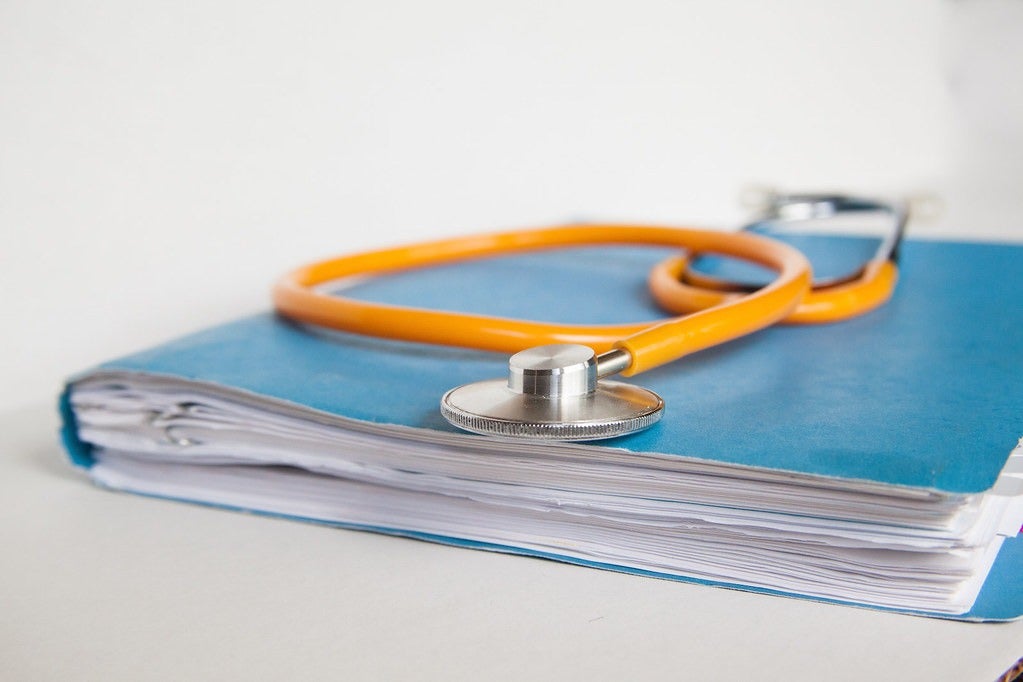
Providing treatment and diagnosis to remote locations is an ongoing challenge, but the Internet of Things, and IoT-enabled medical devices in particular, offer huge potential to identify diseases and provide treatments in a timely manner from such locations. Medical Device Developments editor Emma Green speaks to Saurabh Nautiyal, researcher at the ACS Division of Indian scientific society the Centre for Development of Advanced Computing (C-DAC), about the latest developments.
The ever-changing healthcare environment brings a number of issues for professionals, hospitals and other providers.
Cost of treatment is already high and in many countries is beyond the reach of ordinary citizens.
Shifting demographics have also brought emerging markets, each with their unique needs. Simultaneously, the ageing population increases the need for personalised care.
One of the central difficulties is the ability to provide high-quality healthcare to remote locations in developing countries.
These areas are challenging for several reasons. Some professionals are not particularly keen to work there due to the poor infrastructure and lack of facilities.
Inhabitants can struggle to attend regular check-ups because they are so busy with their work – which is often highly manual – and other restrictive events in their daily lives.
There is also frequently a lack of awareness about healthcare schemes due to low literacy levels and a lack of access to the internet.
Growing need for IoT-enabled devices
Despite several policies and programmes currently being run by governments in these areas, there are often gaps in implementation, making it difficult to ascertain their effectiveness.
These also often do not fit easily within existing healthcare systems, making them challenging for professionals and patients alike.
In many rural areas, there tend to be limited online patient records available and, in some cases, not even paper-based systems.
Achieving continuity in healthcare is therefore almost impossible as healthcare professionals cannot easily access the patient’s medical history or current medications.
Sometimes, when patient records do exist, these are stored centrally, making it challenging for healthcare professionals to provide treatment in the field.

The search for a solution
Due to these challenges, researchers have begun to explore a range of solutions, including the use of IoT-enabled medical devices.
The IoT market size is predicted to grow to $661.74bn by 2021, driven by the proliferation of smarter and more cost-effective sensors, the emergence of cloud computing, and the maturity and spread of high-speed internet.
Remote healthcare using IoT has attracted interest within industry and academia for some time.
Recent advances in technology, combined with existing health trends, have expanded its potential.
However, existing IoT-enabled devices tend to be relatively large and cumbersome, and thus in order to roll-out this technology more widely, efforts to make the hardware less physically intrusive are greatly needed.
One scientist keen to take steps in this area is Saurabh Nautiyal, a researcher at ACS Division Centre for Development of Advanced Computing (C-DAC), who has developed an IoT-enabled prototype of a portable healthcare device.
These devices are particularly suited to use in remote locations.
“IoT-based devices can be the bridge between rural inhabitants and a world-class health facility,” says Nautiyal.
“Their health data can be monitored at national and international level.”
They can make health check-ups more effective and efficient, while requiring less infrastructure.
“In rural areas, generally people use paper-based slips for medication and healthcare centres use paper-based record systems, which makes the whole health system complex, with a high chance of human error,” says Nautiyal.
“But in the case of IoT-enabled devices, all the records and monitoring can be done easily by advanced digital sensors that are interfaced with the device.”
These devices are also practical and have the additional benefit of not requiring a lot of resources to support their use.
“The portability factor of IoT-enabled devices, such as the one I developed, are promising for rural areas,” Nautiyal adds.
“They do not depend on any external analysing devices, such as laptops or desktop computers.”
Uses in developing countries
Nautiyal was struck by the potential of IoT technology for rural areas, being acutely aware of the current public health challenges in developing countries like India.
Together with Rekha Devi, a fellow researcher, she developed an IoT-enabled device prototype, which had several key aims.
“The goal is to enable easy and reliable routine health check-ups of rural inhabitants, the creation of medical database at cloud platform of individuals, facilitate better healthcare and enhance the quality of lives residing in rural areas,” says Nautiyal.
The IoT-enabled prototype successfully achieves these objectives, and can obtain a wide variety of health information from patients.
“It can collect vital parameters like blood pressure, heart rate, haemoglobin level and body temperature using different biomedical sensors integrated in a single device,” Nautiyal adds.
“The device is embedded with a Wi-Fi module that provides internet connection.
“An alphanumeric keypad is used to enter the unique identity number assigned to each person, which helps to send physiological parameters into their respective account in a cloud platform.”
As with any form of research, this work was not without its challenges. The complexity of the device needed to be minimised so that it could be easily used by healthcare workers.

The cost of the device also needed to be kept low in order to make it affordable for healthcare providers in these rural areas.
Further technical difficulties included writing code for the device, integrating the medical sensor with a single micro-controller, as well as testing and validating the device against similar existing products.
Nautiyal and Devi successfully navigated these obstacles and have produced a device that offers huge benefits to rural areas of India, and other developing countries.
“An individual’s medical data can be shared periodically with the hospital, government health department and medical personnel anywhere in the world,” says Nautiyal.
“This can help in providing higher-quality healthcare services for the population of rural India.”
Although the device it easy to use, the manner in which it makes use of IoT technology is quite sophisticated.
“The algorithms are implemented so that the data acquired will be processed, recorded and transmitted to the cloud platform,” says Nautiyal.
“The readings measured by the device are almost coordinating with commercially available equipment in the hospitals.”
Look to the future
In light of the numerous advantages of the IoT-enabled prototype, Nautiyal is keen to take this work forward and is investigating options that allow her to do so.
“I am looking for healthcare companies to commercialise the device,” says Nautiyal.
“This can create employment for healthcare workers, while also benefitting the company and people living in rural India.”
There is scope to add more capabilities to the device, further enhancing the level of healthcare that can be offered.
“In our future research, we can add more medical sensors to measure physiological parameters like electrocardiography (ECG), electroencephalography (EEG), electromyography (EMG), respiration and blood glucose levels,” says Nautiyal.
“In this device, we have used unique API numbers assigned on the card as an entry key to record the medical data of individuals, but it is possible that a fingerprint-based system could be used as a key to access and record the health data.”
As in numerous healthcare contexts, there is also huge potential for artificial intelligence (AI), which can significantly reduce the burden on healthcare workers.
“In this work, the decision-making is done by doctors on the other side,” Nautiyal adds.
“However, in the future, decision-making could be done by the device itself by implementing an AI-based system.”
This article was originally featured in Vol.1 2020 of the Medical Device Developments magazine. The full publication can be viewed online here.






